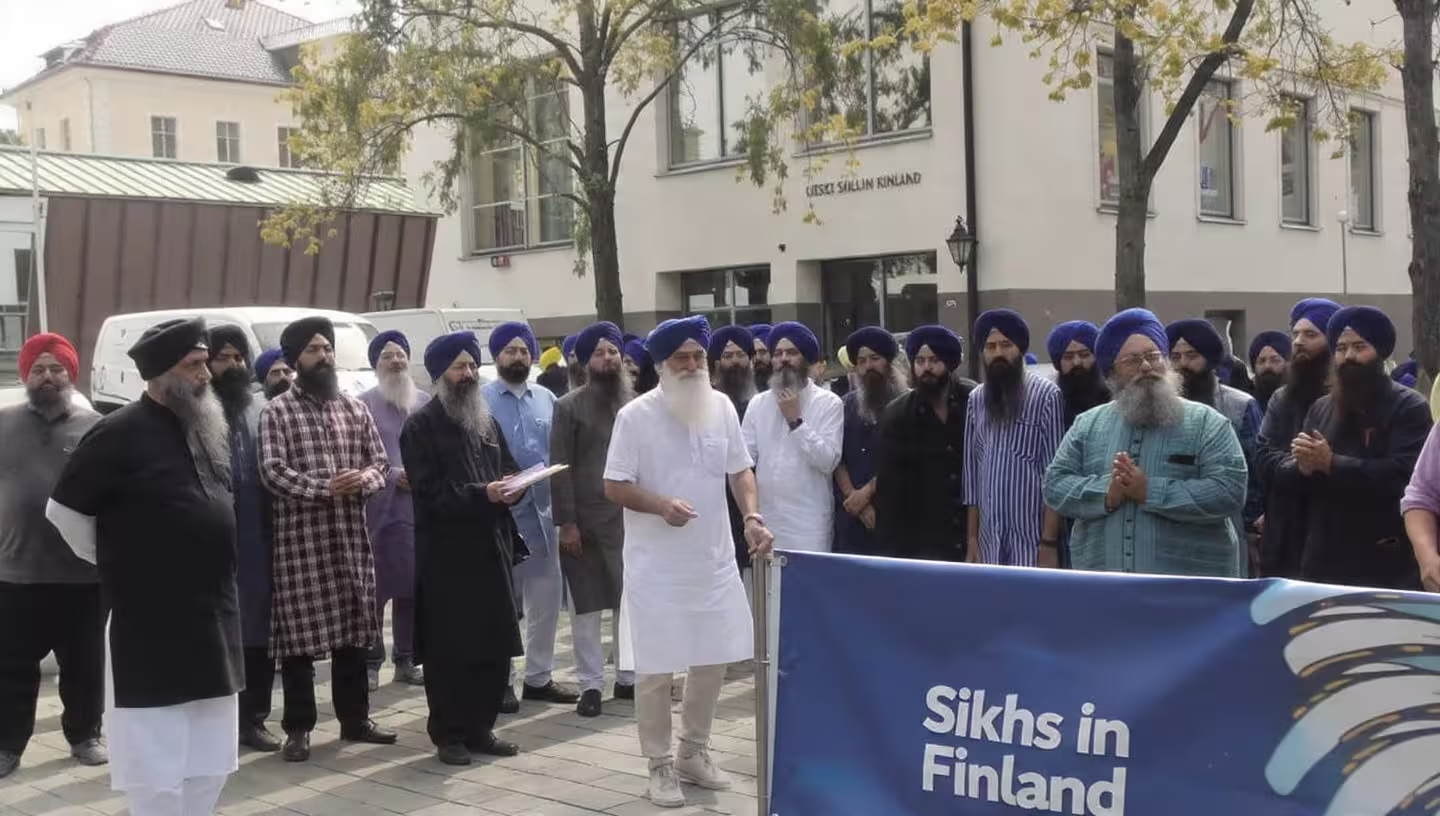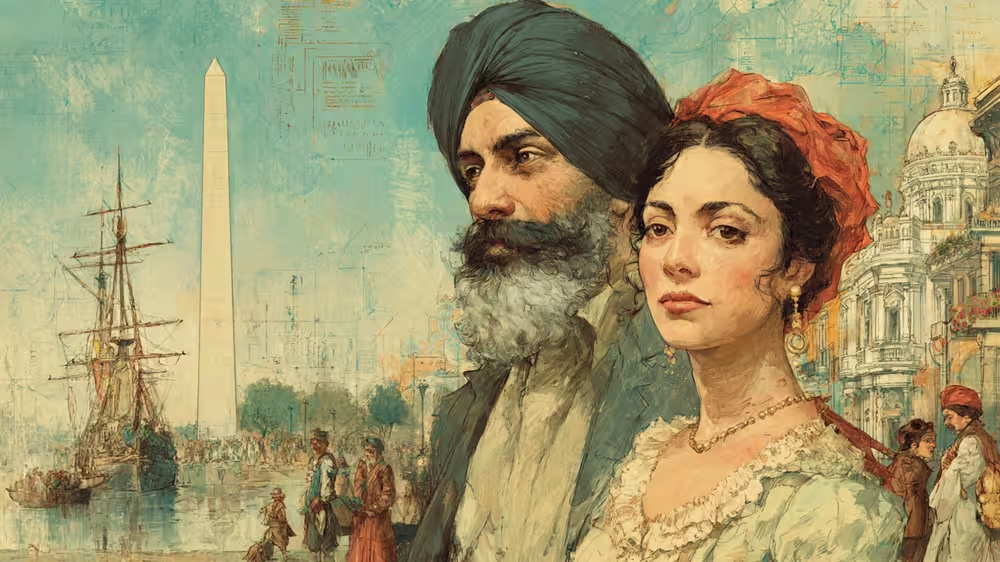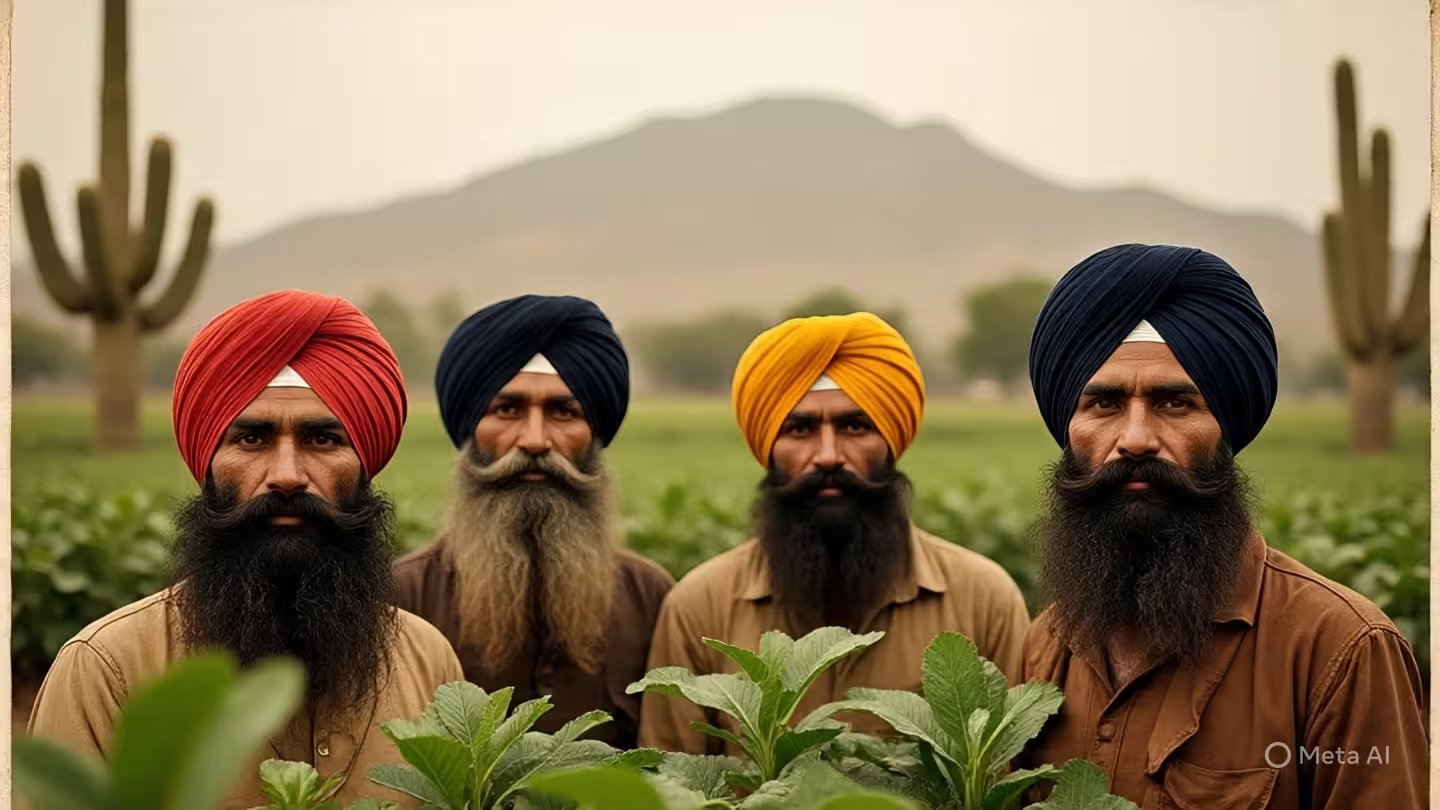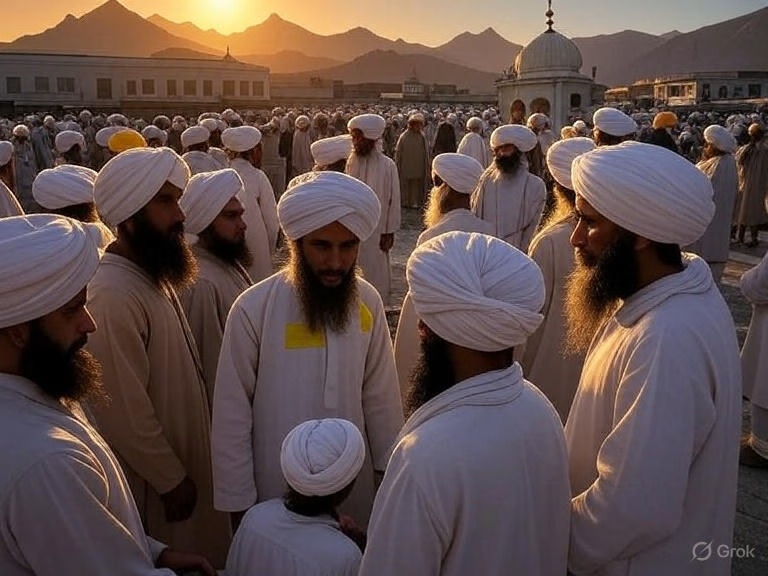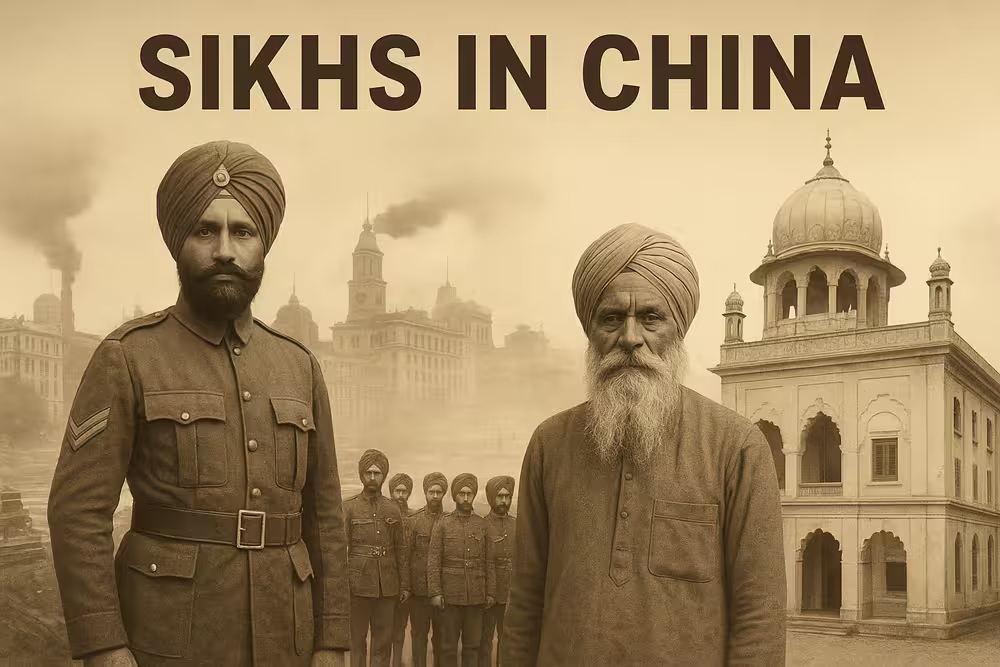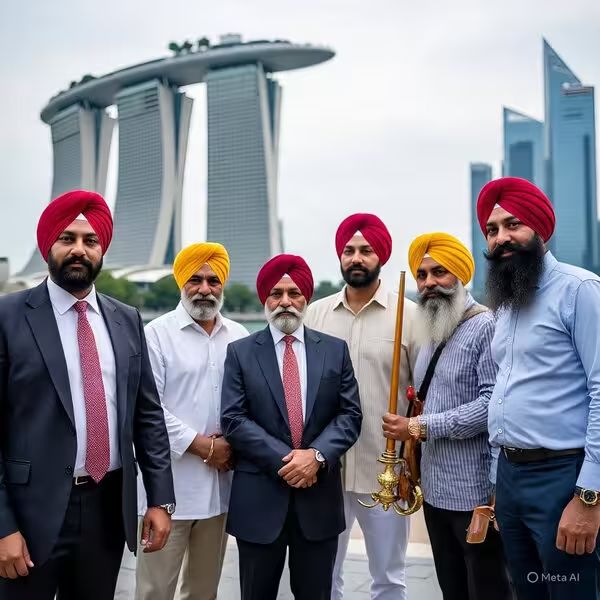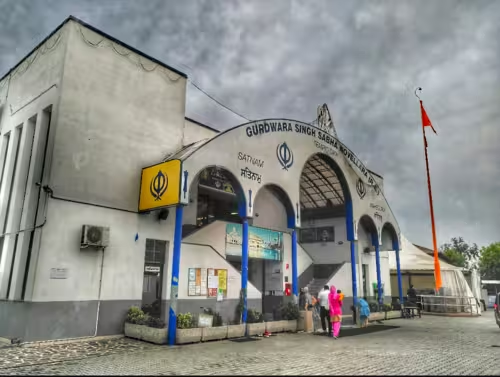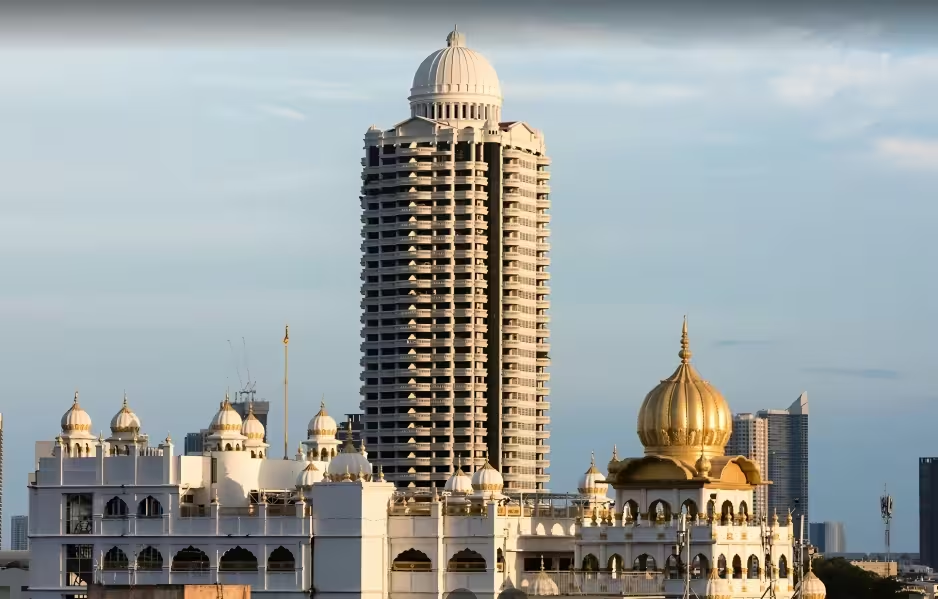
Sikhs in Italy: A Journey of Faith, Hard Work, and Resilience
Italy, the enchanting boot-shaped peninsula in southern Europe, is renowned for its ancient history, stunning art and architecture, delectable cuisine, and vibrant fashion scene. Home to iconic landmarks like the Colosseum in Rome, the canals of Venice, and the leaning tower of Pisa, Italy boasts a population of approximately 59 million people. As a member of the European Union, it has long been a melting pot of cultures, attracting immigrants from around the world who contribute to its dynamic society. In recent decades, one such community that has quietly but profoundly shaped parts of Italian life is the Sikh diaspora. With an estimated population of 200,000 to 220,000, Sikhs form the second-largest Sikh community in Europe after the United Kingdom, and the sixth largest globally. wikipedia
This blog explores their story, from migration and integration to their vital economic contributions—particularly in the cheese industry—and the challenges they face in preserving their identity.

The Arrival and Growth of Sikhs in Italy
The history of Sikhs in Italy traces back to indirect connections in the 18th and 19th centuries, such as Italian adventurers like Niccolao Manucci, who reportedly treated Guru Gobind Singh, and generals like Jean-Baptiste Ventura and Paolo Crescenzo Avitabile, who served in the Sikh Empire under Maharaja Ranjit Singh. However, significant migration began post-World War II, accelerating in the 1980s when many Punjabis fled political unrest and economic challenges in India. Drawn by opportunities in agriculture, they settled primarily in northern and central regions like Lombardy, Emilia-Romagna, and Lazio, where the flat, fertile Po Valley resembled Punjab’s landscape.
Initially arriving on tourist visas or through irregular channels, many Sikhs transitioned to legal residency by taking up jobs in dairy farming and fruit picking—roles that native Italians were increasingly abandoning for urban opportunities. Today, this community has grown steadily, bolstered by family reunifications and ongoing immigration, though exact numbers are hard to pin down due to undocumented migrants and the absence of religious census data. Sikhs are concentrated in areas like Reggio Emilia, Brescia, and Novellara, forming tight-knit groups that blend Punjabi traditions with Italian life. bbc.com
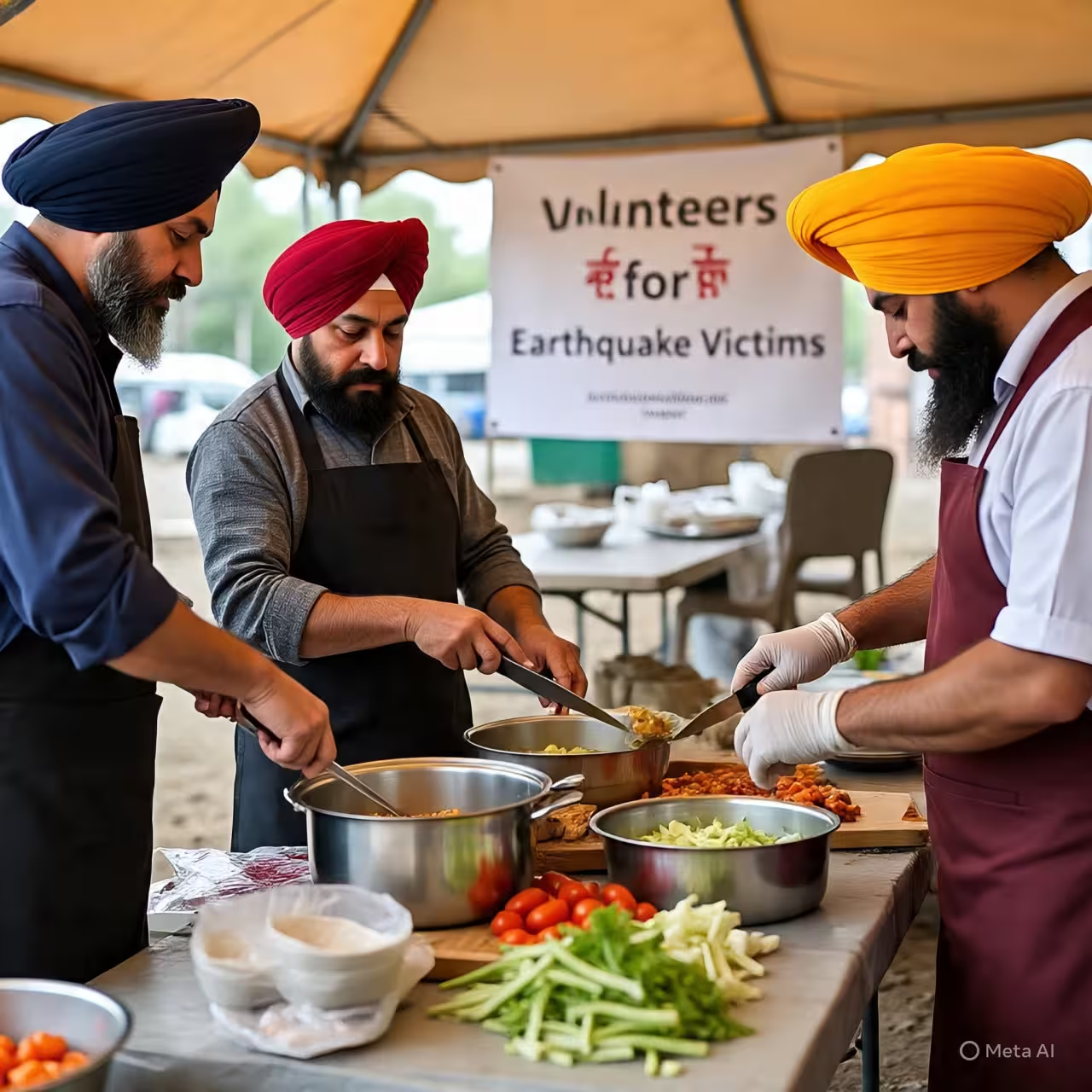
Integration into Italian Society
Sikhs in Italy are often described as a “model minority”—hardworking, peaceful, and well-integrated into the workforce. Many work long hours in agriculture, adapting seamlessly to the demands of dairy farming, which aligns with their cultural respect for animals and land. In places like Novellara, local authorities have embraced the community; for instance, the town was the first in Italy to permit a gurdwara on industrial land, fostering mutual respect. Sikhs have given back through acts of service, such as preparing meals for earthquake victims in 2012 and donating vehicles to the Red Cross.
The second generation, born and raised in Italy, embodies deeper integration. Young Sikhs speak Italian fluently, often with regional accents, and pursue diverse careers in offices, labs, or even sports—figures like athlete Milkha Singh and footballer Inder Singh have represented Italy.
They identify as “Indo-Italian,” navigating dual cultures while maintaining Sikh values like seva (selfless service). However, integration isn’t without hurdles; early arrivals faced language barriers and stereotypes, sometimes being mistaken for “terrorists” or “Taliban” due to their turbans. Despite this, their low crime rates and economic contributions have earned them acceptance in many rural areas. brown history
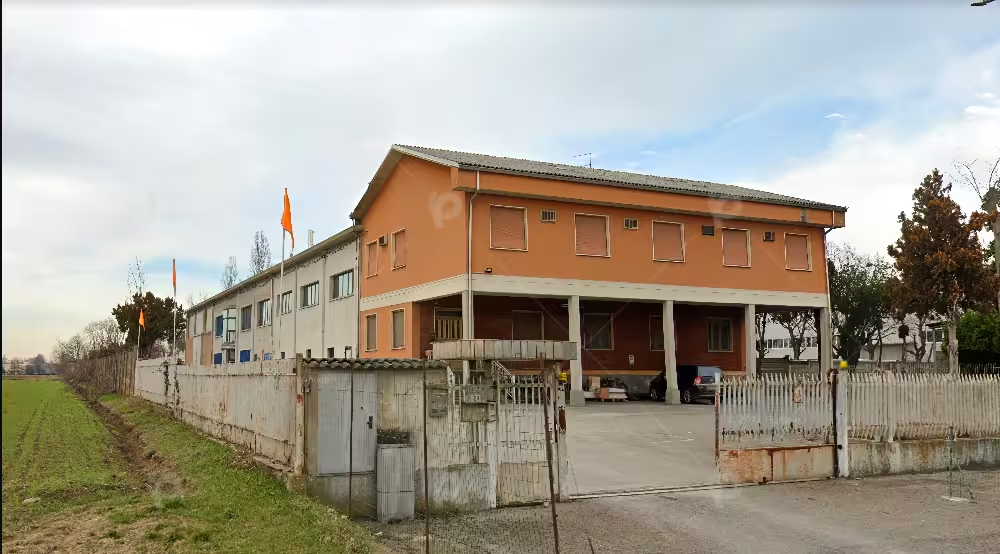
The Role of Gurdwaras: Spiritual and Social Anchors
Gurdwaras, or Sikh temples, serve as the heartbeat of the community, providing spaces for worship, langar (community meals), and cultural events. Italy is home to about 60 gurdwaras, with the oldest in Reggio Emilia, established in the early days of migration. These temples are scattered across regions including Calabria, Emilia-Romagna, Lombardia, and Veneto, reflecting the community’s geographic spread.
Beyond religious functions, gurdwaras play a crucial role in integration and identity preservation. They host Punjabi language classes, festivals like Vaisakhi, and interfaith dialogues, helping Sikhs connect with locals. In Novellara, the grand gurdwara—inaugurated in 2000 by then-Italian Prime Minister Romano Prodi—has become a symbol of harmony, drawing visitors and promoting understanding. For migrants, these spaces offer support networks, combating isolation and aiding in legal or social issues. As migration histories evolve across generations, gurdwaras also adapt, narrating stories of resilience and fostering a sense of belonging in a foreign land.

Contributions to the Italian Economy: Saviors of the Cheese Industry
Sikhs have become indispensable to Italy’s economy, particularly in agriculture and dairy, where they fill labor gaps left by urbanizing Italians. Nowhere is this more evident than in the cheese industry, especially the production of Parmigiano Reggiano (Parmesan) and Grana Padano. In the Po Valley, Sikhs make up around 60% of the workforce in Parmesan-producing farms, earning them the moniker “saviors of Parmesan.” Hindustan Times
In the 1980s and 1990s, as young Italians shunned the grueling 365-day-a-year routine of milking cows twice daily, Sikh immigrants stepped in with their expertise from Punjab’s dairy traditions.
They handle everything from feeding and milking to maintaining hygiene, ensuring the high-quality milk needed for these protected cheeses. Farmers praise their dedication, punctuality, and gentle treatment of animals, often providing housing and fair wages in return. Without them, the industry—worth billions and a cornerstone of Italian exports—might have collapsed. Sikhs also contribute to other sectors like fruit farming and manufacturing, bolstering rural economies and preventing depopulation. Global Indian

Challenges: Religious Recognition and Cultural Preservation
Despite their successes, Sikhs in Italy face significant challenges. Exploitation in agriculture is rampant: many endure below-minimum wages, long hours without breaks, blackmail, violence, and even sexual harassment, especially women.
Language barriers—43% of Sikhs don’t speak Italian—hinder access to justice and services, exacerbating vulnerability to organized crime in the fields.
Religious recognition remains a sore point. In 2017, an Italian court banned the kirpan (a ceremonial dagger symbolizing Sikh faith), deeming it a weapon, which shocked the community and prompted appeals from Sikh organizations.
Turbans have also faced scrutiny in security contexts, highlighting a lack of official acknowledgment of Sikhism as a distinct religion. Preserving cultural identity is another struggle; second-generation Sikhs grapple with balancing Italian norms and Punjabi traditions, such as arranged marriages or dietary practices, amid pressures to assimilate.
Economic recessions further threaten jobs, potentially disrupting community stability. Sikh Philosophy
A Vibrant Thread in Italy's Tapestry
The Sikh community in Italy exemplifies the positive impact of migration—revitalizing industries, enriching culture, and promoting harmony. From humble beginnings in dairy farms to becoming integral to iconic Italian products like Parmesan, their journey is one of perseverance. Yet, addressing challenges like exploitation and religious rights is essential for true inclusion. As Italy evolves, the Sikhs’ story reminds us of the beauty in diversity, urging greater recognition and support for this resilient group. If you’re in Italy, visit a gurdwara or try some Sikh-made cheese—it’s a taste of global unity!
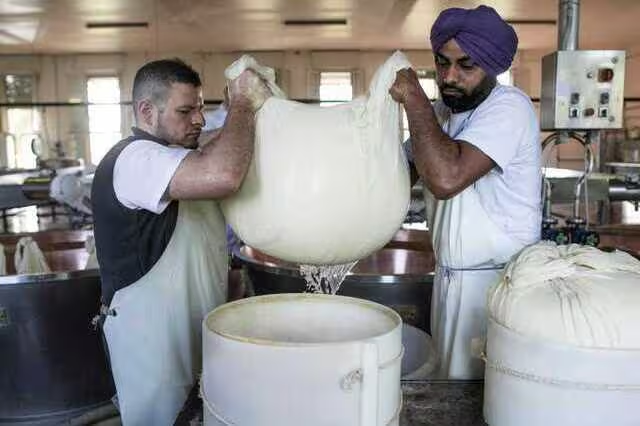
Onkar Singh
A emblematic figure in the “Sikh Formaggio” narrative, Singh migrated from Punjab to the Po Valley, where he works as a dairy farmer producing Grana Padano.
Featured in documentaries, he represents the transition from Punjabi farming roots to Italian cheese-making expertise. Singh and his wife Balveer Kaur manage key roles in cheese preparation, symbolizing how Sikhs prevented the industry’s collapse in regions like Cremona.
His story underscores the community’s economic impact, with Sikhs comprising up to 60% of the workforce.
Transplant a Sikh anywhere in the world, he/she will take roots. It is built in Chardi Kala, that’s why you will never see a Sikh beggar anywhere in the world. They are taught the first lesson: ‘thakna nahee, akna nahee’ and, more importantly, ‘jhakna nahee’. Loosely translated – “Never tired, Never bored, Never afraid!” We have been programmed so that if we ever need help, we know we’ll find it at the end of our arms. Thanks, Sikh-Italianos, for putting your indelible Sikh stamp on Italian Cheese. Put a ‘Khanda’ on it as well. Home Grown
